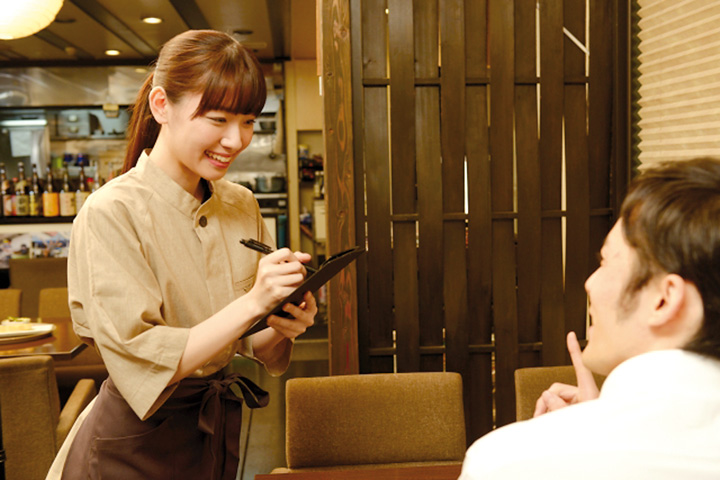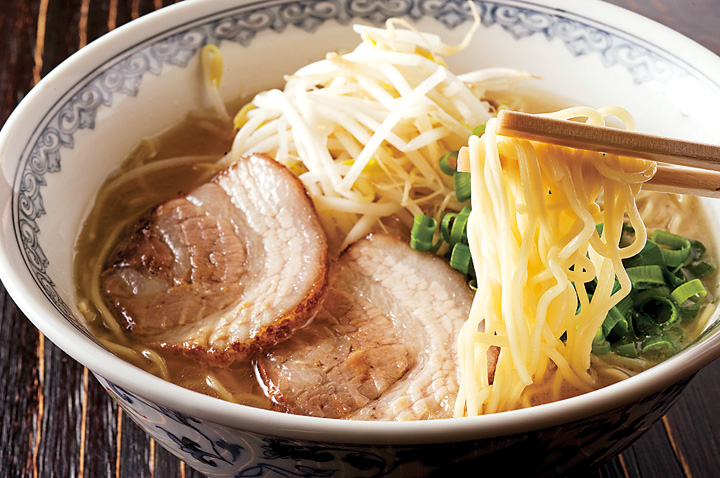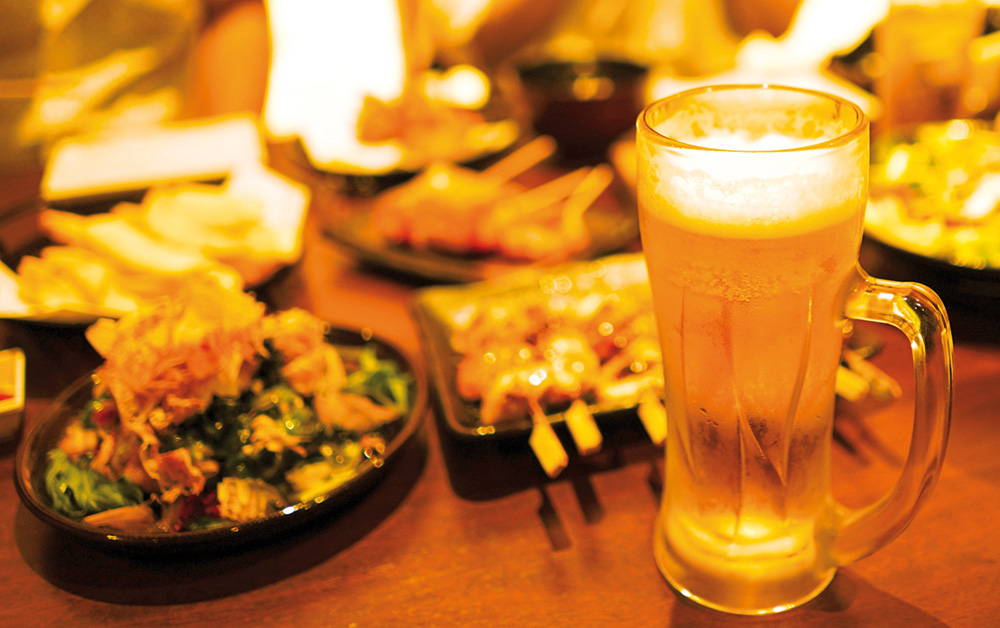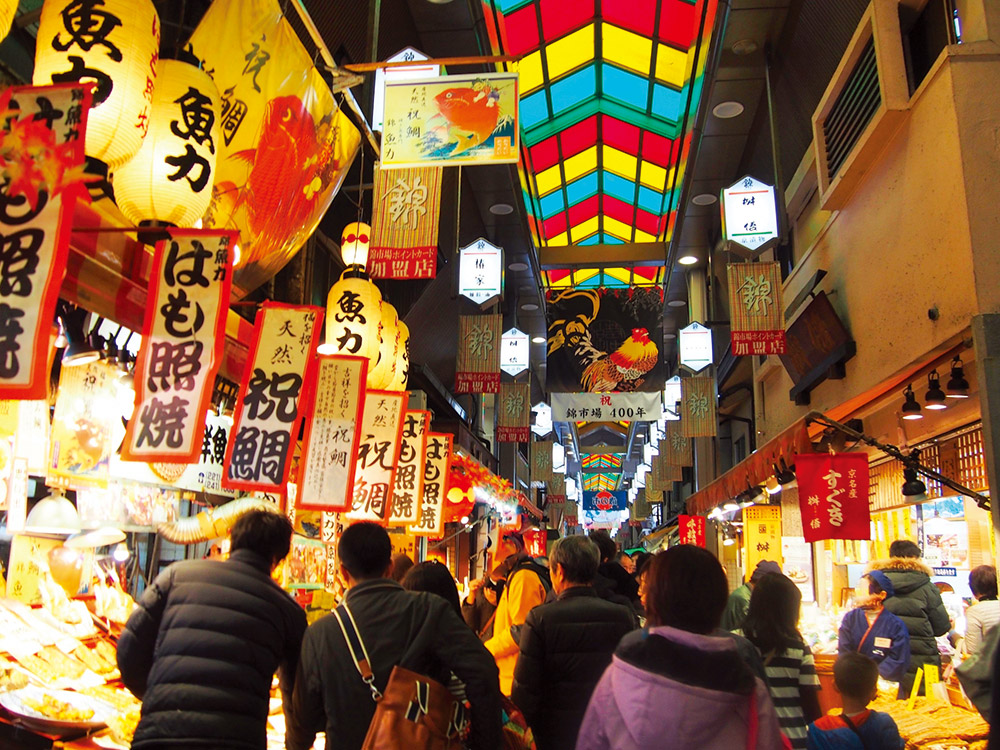

Hello there! This column will include useful Japanese phrases that cover a variety of topics.
Are you ready to sink your teeth into Japanese cuisine? Konnichiwa, Mina-san! (Hello, everyone!) Do you like Japanese food? What Japanese foods do you know? Do you have a favourite Japanese dish? Perhaps sushi, ramen, tempura, soup or natto (fermented soybeans)…? Nowadays there must be lots of people in the UK who have experienced food, because there are Japanese restaurants all over the place! And of course, one of the best things about travelling to Japan is sampling the local cuisine! When you order at restaurants in Japan, you can often point at photos of food on the menus… and even if you can’t understand everything being said to you by the restaurant staff, you might find it fun to just order the chef’s recommendation and wait with bated breath to see what surprise they will bring! (Especially since it is very hard to find bad food in Japan!) If you travel to Japan, why not have a go at stylishly ordering in Japanese? (Of course, you can try this in Japanese restaurants in the UK as well!) So, let’s imagine that you and I have just stepped into a ramen restaurant together…
(S= Staff, C= Customer)
S: Irasshaimase.
いらっしゃいませ。
C: Sumimasen, raamen kudasai.
すみません、ラーメン ください
S:Hai, Raamen hitotsu desu ne.
はい、ラーメン ひとつですね。
(Okay! One bowl of ramen coming up!)

There are three key points about this dialogue that I would like to highlight. The first point is a “irasshaimase”. When you go to restaurants in Japan, the first thing you’ll hear is “irasshaimase”, and I’m sure that some of you may have heard this before. But what does it mean? “Irasshaimase” is a greeting that literally means “welcome”. A funny situation occurred when my friend first went to Japan. She thought “irasshaimase” meant “hello” and even though she was a customer, she politely replied: “irasshaimase (welcome to our restaurant)!” The staff were probably really surprised to hear a customer say “irasshaimase” back to them! The second point I would like to talk about is “sumimasen”. This phrase has various meanings, but in this context it means: “excuse me”, and you can use it when you want to call over a waiter or waitress. The last important point is the expression; “(food item) kudasai”. This means: “Could/may I have”.
When you eventually leave the restaurant, you might want to use the following phrase when you pay your bill:
C: Gochisoosama (deshita).
ごちそうさま(でした)。
This is customarily said after any meal and you use it to express your thanks to chefs and the servers and tell them that the food was delicious. If you say this to the restaurant staff, they will most likely reply:
S: Doomo arigatoo gozaimasu.
どうもありがとうございます。
“Arigatoo” means “thank you” in Japanese, and “doomo arigatoo gozaimasu” is an even more polite way of thanking someone.
So now you know how to order food in Japanese like a pro!
Next time, I will introduce you how to comment on the taste of food!
Sayoonara, Jaa mata!
さようなら、じゃまた!
(Goodbye, see you!)
KANA. U
▶ Here’s more information about ordering food in japanese and other things.
http://a1.marugotoweb.jp/can-do.php?cd=15
▶ ‘minato’ – learn japanese and interact with fellow students around the world online.
https://minato-jf.jp/






Leave a Reply